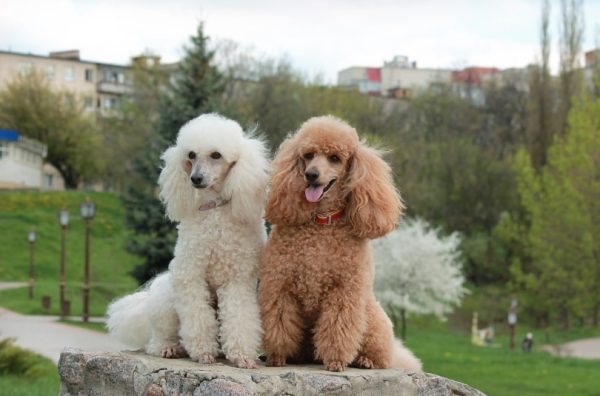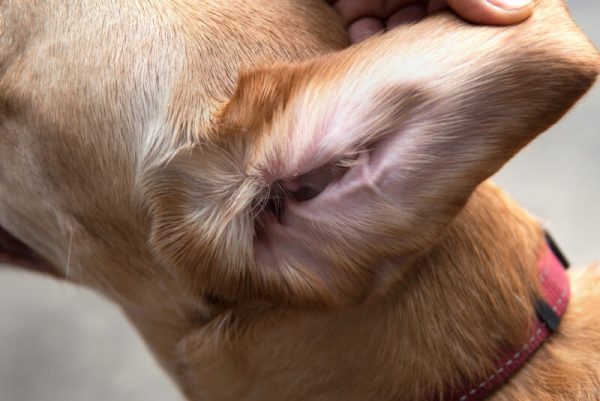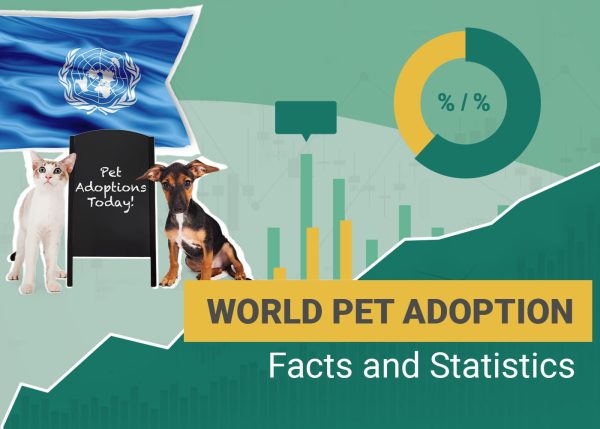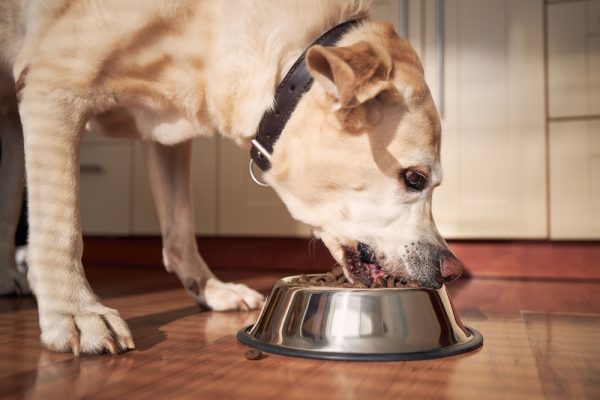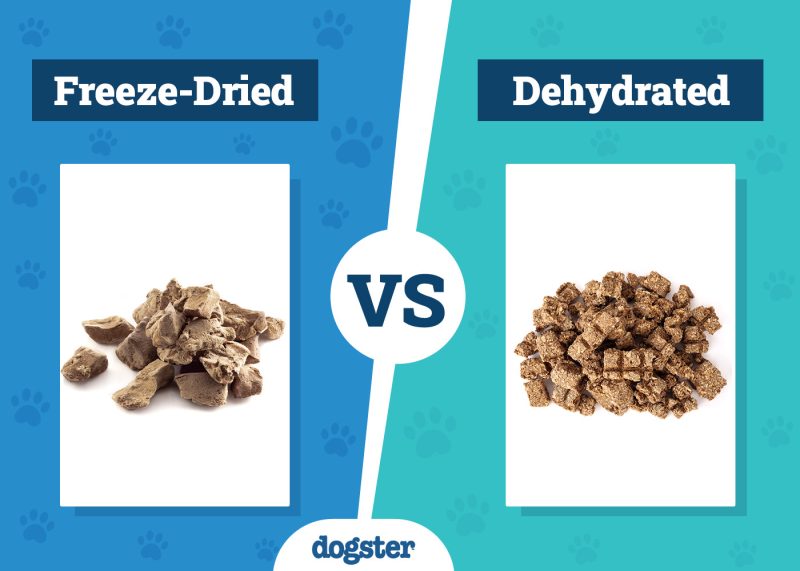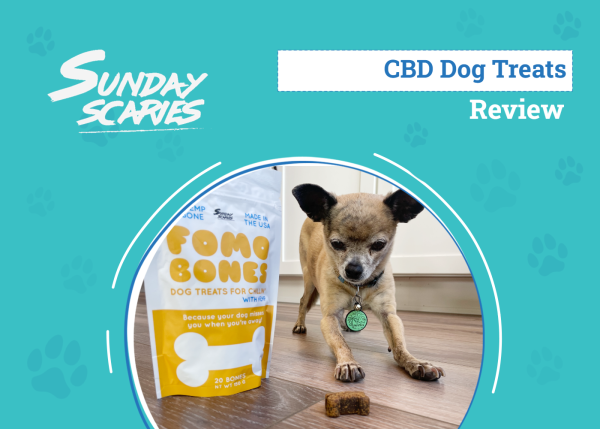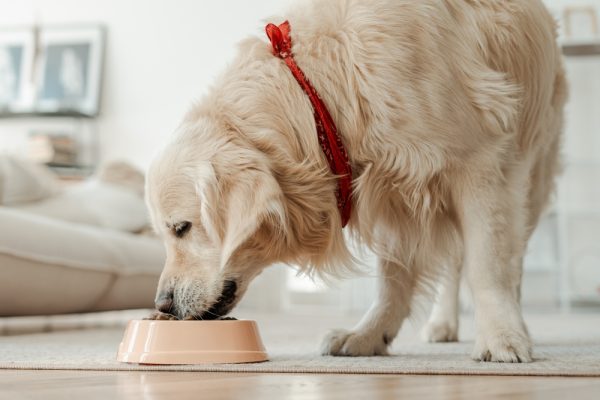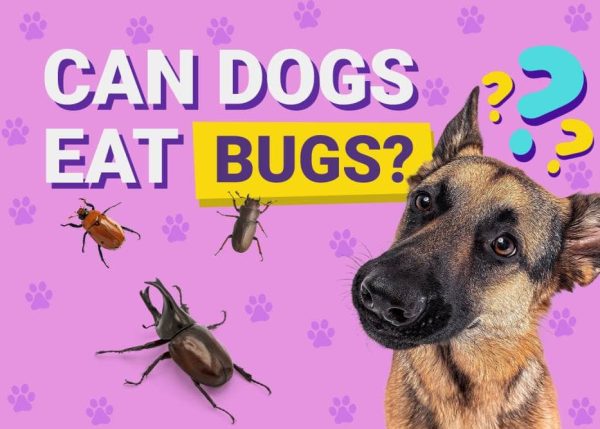We all love our dogs and want what is best for them. When it comes to managing their health, it can feel like a daunting responsibility. To what conditions is your pup most susceptible, and how can those conditions be treated?
This article will shed light on eight eye issues that French bulldogs commonly face, explaining their symptoms and treatment methods. If you want to brush up on your knowledge or if your dog is experiencing eye discomfort, this article will cover everything you need to know.

The 8 Types of Eye Problems For French Bulldogs
1. Eye Infection
Eye infections1, just like in humans, can cause significant discomfort. An eye infection can progress quickly and lead to complications such as impaired vision, and it is vital to reach out to your vet if you think that your dog’s eye is infected.
Some of the causes of eye infections are allergies, viruses, bacteria, foreign objects, or injuries. Signs of an eye infection discolored ocular discharge, redness, swelling, excessive pawing at the eye, and/or excessive blinking.

Since there are multiple potential causes of an eye infection, it is important to get your vet’s diagnosis to ensure your dog is receiving proper treatment. The cause of the infection will dictate the treatment used to combat it. For instance, if there is an object in the eye, the vet will need to remove it, which may require surgery. If the cause is viral, your vet may prescribe an ophthalmic antiviral medication.
2. Cataracts
Cataracts2 refer to the hazy portions of the ocular lens caused by proteins clumping together to form cloudiness. Cataracts are often inherited, but they can also be caused by outside factors, such as injuries or diabetes mellitus. They are often seen in older patients.
Surgery is the only way to treat cataracts since they cannot be reversed through medical means. They must instead be removed, and the lens will be taken out and replaced with an artificial lens.
3. Distichiasis
When an eyelash is rooted in an odd spot, often causing it to grow inward toward the eye, it is called distichiasis. Distichiasis3 is most commonly a hereditary issue. Depending on the seriousness of the condition, the symptoms will vary. The severity is determined by the number of eyelashes growing abnormally, their size, and their stiffness.
If there is a single eyelash that is small and soft, an affected dog may be asymptomatic. However, you may notice inflammation, discharge, and pain if there are several long, stiff eyelashes. If your dog blinks or paws at their eye often, it could be a sign that they are in pain.

If your pup is showing no signs of pain or discomfort, treatment may not be necessary. But if they are in pain, eye lubricant may be recommended to protect the eye. Sometimes various types of surgery to remove the eyelashes can be performed, but it is important not to note that the lashes can grow back stiffer than before if simply removed so the hair follicles need to be destroyed as well if surgery is pursued.
4. Entropion
Entropion occurs when the eyelid turns inward. It causes the eyelid and hair on the eyelid to scratch the cornea, leading to pain. It can lead to other serious complications, such as corneal ulcers. Symptoms of this condition include excessive blinking, watery eyes, and discharge.
Surgery is performed to correct the issue. Often, two surgeries will be performed: the initial, major surgery, and the second, corrective surgery. The first surgery will remove the impacted eyelid and reverse the inward rolling. The second surgery will review the work done in the first, making the necessary adjustments to reduce the risk of over-correction.
5. Dry Eye
Keratoconjunctivitis Sicca (KCS), also known as dry eye, is an inflammation of parts of the eyes, typically caused by a lack of tear production. An impaired tear film can be caused by several things like hypothyroidism and nervous system issues. Symptoms include irritation of the eyes, constant blinking, and discharge. Corneal ulcers and scarring may also occur.

To treat this condition, it is necessary to lubricate the eyes and replace the tear film. Usually, an immunosuppressive topical medication can be used to help restore tear production.
6. Cherry Eye
Cherry eye is essentially the prolapse of the third eyelid gland. Dogs have third eyelids as an added feature of protection. When the gland in the lid pops outward, it is called “cherry eye.”
The primary indicator of cherry eye includes a red, swelling lump in the lower eyelid, typically near the muzzle or nose. The swelling can be significant, covering a large portion of the eye, or it can be smaller and appear less frequently.
Regardless, if your dog displays any signs of having cherry eye, reach out to your vet immediately. It is crucial to receive treatment as quickly as possible to limit damage to the eyelid and eye.
Surgery is essential to replace the third eyelid gland to its proper location. Depending on the severity of the case, various surgical procedures may be employed. Talk to your vet to determine which is suitable for your dog.
7. Pink Eye
Pink Eye, clinically known as conjunctivitis, is a condition in which the tissue coating the eye and inner eyelids is inflamed. It can be caused by allergies, viruses, and bacteria. Symptoms of pink eye are redness of the eye, swelling of the eyelid, watery eyes, discharge, excessive blinking or pawing, and eyelids that stick together.

Treatment will depend on the cause of the inflammation. For instance, allergies may require antihistamines, while infections may require antimicrobial meds. Depending on the cause and severity of your dog’s condition, your vet will be able to recommend personalized care.
8. Corneal Ulcers
Corneal ulcers are erosions through several layers of the cornea, the transparent outermost layer of the eyeball. A corneal ulcer is a serious complication, and if you believe your dog may have one, reach out to your vet immediately. If the condition is left without treatment, your dog can lose their vision permanently. Signs of corneal ulcers include rubbing the eye or attempting to keep the eye closed. Discharge is another common symptom.
Treatment depends on the severity and depth of the ulcer and can range from medical management with drops and an E-collar (to prevent further pawing at the eye) to surgery. Damaged corneal tissues may need to be removed, or grafts may need to be implanted to help the eye heal.
When To Contact Your Vet
Any sudden changes in the behavior of your pet regarding their vision or eye comfort should be assessed by your vet as soon as possible.
If you need to speak with a vet but can't get to one, head over to PangoVet. It's an online service where you can talk to a vet online and get the personalized advice you need for your pet — all at an affordable price!

Conclusion
As frightening as it can be to realize our dogs are suffering, it is important to recognize the signs before their condition becomes more serious. We hope this article has helped you become more informed on the eye complications your French bulldog may experience and allows you to get help for your dog as soon as it is needed.
Related Reads:
- Cataracts in Dogs: Causes, Signs, Treatment, & Prevention
- IVDD In French Bulldogs: Signs, Causes, Diagnosis, Care & FAQ (Vet Answer)
Featured Image Credit: Damir Mijailovic, Pexels



